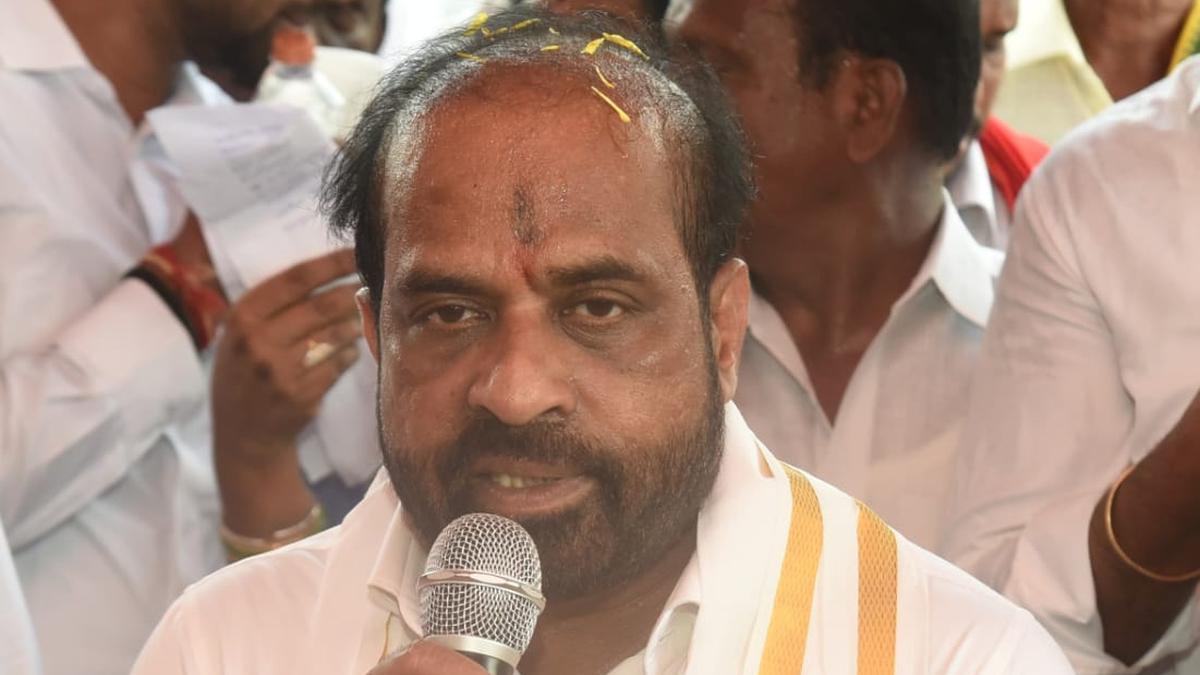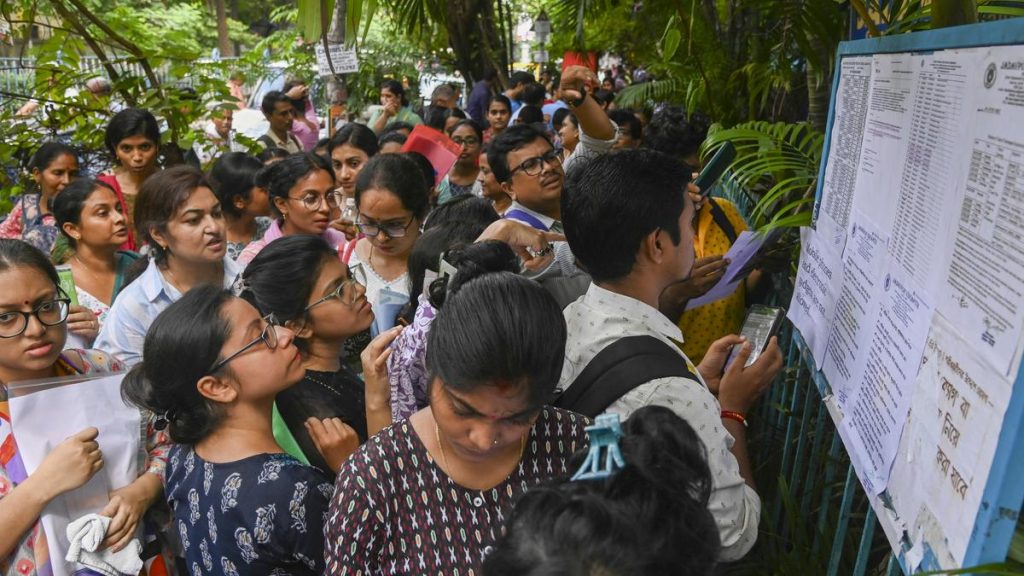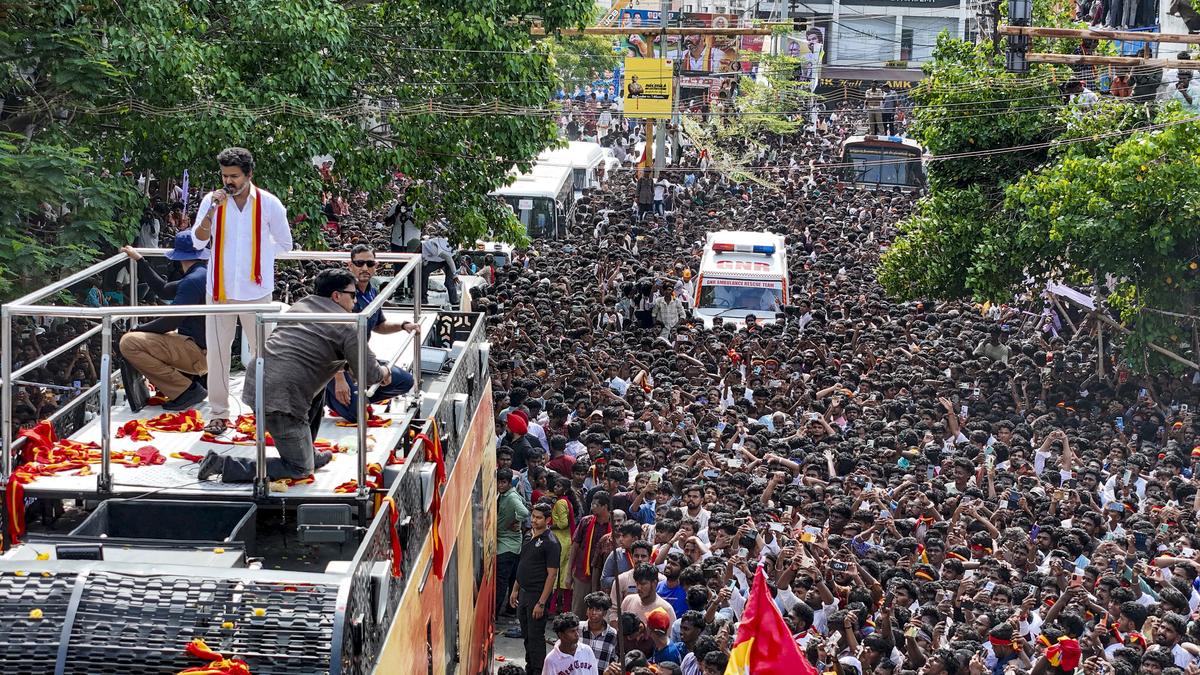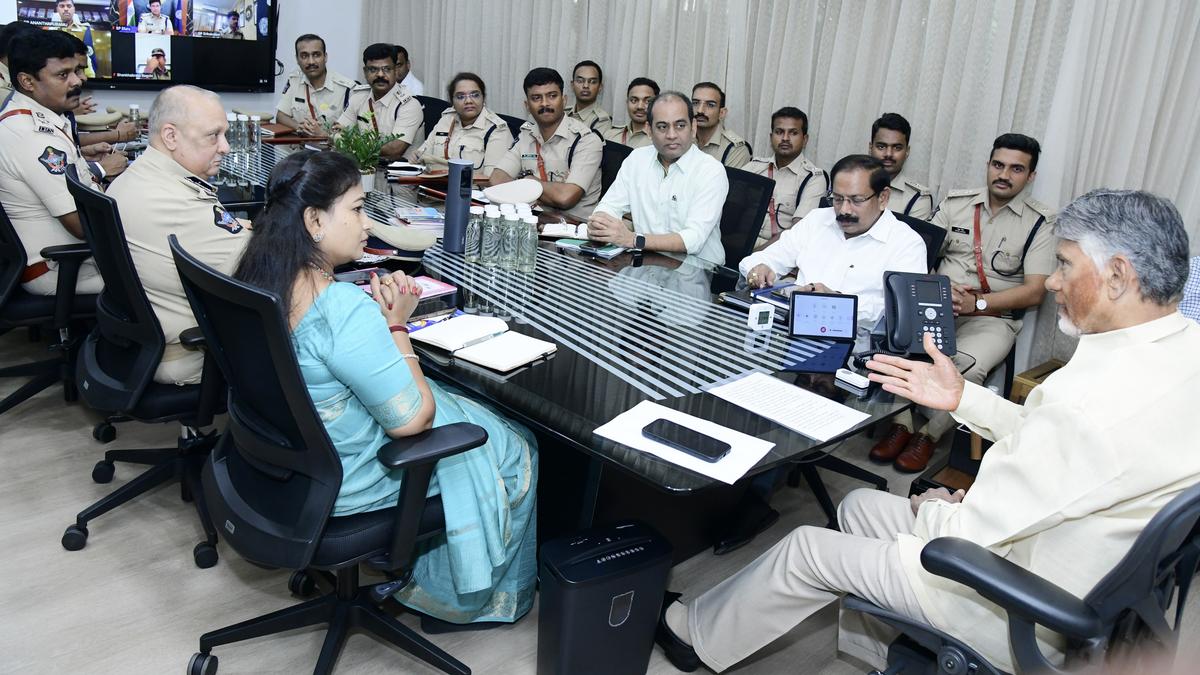Now Reading: Andhra Health Minister Clarifies PPP Model, Dismisses Jagan’s Privatisation Allegation on Medical Colleges
-
01
Andhra Health Minister Clarifies PPP Model, Dismisses Jagan’s Privatisation Allegation on Medical Colleges
Andhra Health Minister Clarifies PPP Model, Dismisses Jagan’s Privatisation Allegation on Medical Colleges

Swift Summary
- Health Minister Satya Kumar Yadav defended the use of the Public-Private Partnership (PPP) model for medical colleges in response to criticisms from former Chief Minister Y.S. Jagan Mohan Reddy.
- Mr. jagan accused the TDP-led NDA government of “privatising” medical colleges, wich Mr. Yadav dismissed as misleading.
- The PPP model retains government control while allowing private partners to contribute resources, according to Mr. Yadav.
- Former YSRCP government proposed 17 new medical colleges costing ₹8,480 crore but spent only ₹1,451 crore on bills.
- Under phase two, ₹2,425 crore was allocated for five colleges by the prior administration; however, it spent just ₹745 crore while leaving a gap filled later by NDA’s expenditure of ₹1,680 crore.
- For seven colleges planned under phase three with proposed spending of ₹3,530 crores, only 14.78% of work was completed and merely ₹288 crores spent during Mr. Jagan’s tenure.
- Highlighting inefficiencies in spending under previous leadership over four years and projecting delays lasting decades without option measures like PPP.
Indian Opinion Analysis
The debate surrounding India’s health infrastructure highlights pivotal issues about governance efficiency and resource allocation strategies in critical sectors like healthcare and education.By defending the implementation of a PPP model for building new medical institutions amidst claims of “privatisation,” Minister satya Kumar Yadav seeks to underscore its utility as a pragmatic solution responsive to fiscal gaps left by earlier administrations. whether or not this shift will address long-term challenges effectively depends on clear execution and monitoring mechanisms within such partnerships.
With data pointing toward substantial financial underspending by previous governments on proposed projects-including major costs shifted forward-it becomes evident that enduring models are urgently needed given increasing demands in public healthcare systems across India today.Read More: Source Link
























